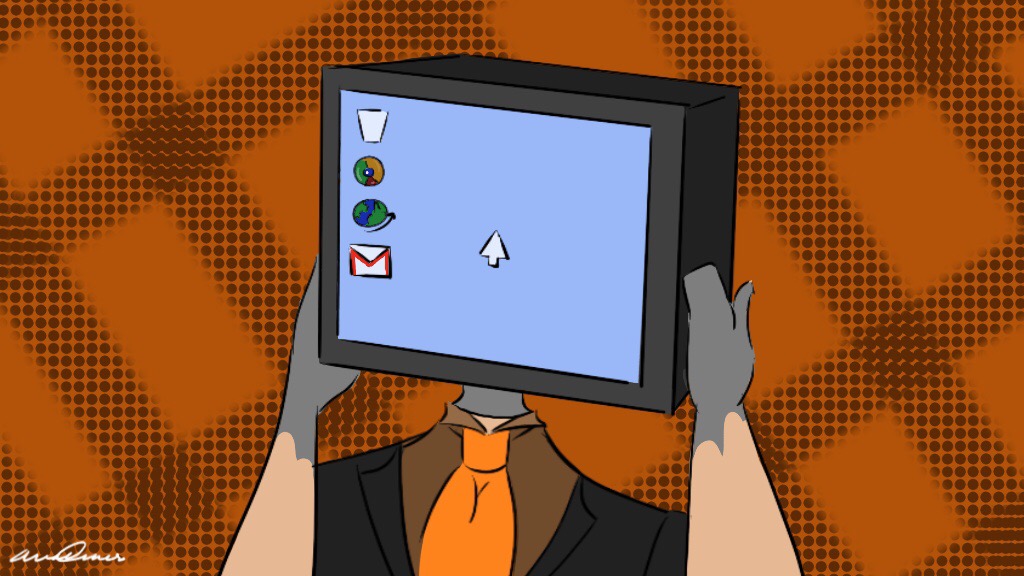As technology becomes even more advanced and complex, new careers and fields of study are constantly created to manage the chaos. RIT stays in the vanguard of this revolution by creating new courses and majors to target different aspects of the tech industry. One such program is RIT's Human-Centered Computing (HCC) major, which debuted in 2016. The major was specifically created to train students for a cutting-edge field that emerged from the intersection of design, psychology and computing.
“The whole point is how we interact with technology. Instead of just creating a tool and saying, ‘Here it is,’ there’s emphasis on making sure it’s usable,” explained Dr. Stephen Zilora, one of the founders of the program and the current department chair.
What Makes HCC Unique?
HCC seeks to match the rising demand in the industry for developers focused on usability and accessibility.
Department Growth
This year, the department will have its first batch of students graduate. According to Zilora, its alumni will work for a broad range of companies focusing on both software and hardware.
In just two years, the program has already grown significantly since its inception; there are currently about 50 students enrolled and half a dozen professors.
According to Dr. Zilora, many of these students joined by transferring from other majors after finding out about it. Consequently, the department is currently focused on getting more incoming freshman to learn about the major so the program can grow.
As it develops, Zilora hopes to pair up with RIT’s existing graduate program in Human-Computer Interaction to offer a dual BS/MS program in five years.
Another program focused on the interactions between people and technology is RIT’s Human-Computer Interaction (HCI) masters program, which was created a few years prior to HCC.
In previous years, many of the people enrolling in HCI have been graduates of computing programs like Computer Science and Software Engineering; many of them worked in the industry and came back to study HCI after seeing a need for those skills.
Vicki Hanson, distinguished professor in the HCI department, believes the HCC undergraduate program will tie in nicely with the existing graduate degree.
Hanson explained, “[HCI] has users, has people as the core. There are many things people can do with technology, but in all cases, we want to make sure that they keep in mind how people will use that technology and how technology will help people.
Dr. Hanson also emphasized that the graduate program has grown very rapidly since its creation and is hopeful that the undergraduate program will grow just as quickly to meet the demand in the industry.
Accessibility and NTID
Thanks to NTID, RIT's HCC and HCI programs have a unique advantage over similar programs at other colleges. According to Zilora, the presence of NTID inspires HCC to focus more on accessibility and provides resources that other universities may not have.
"We have more emphasis on [accessibility], I think, than anybody else does. We're not completely unique in that other programs talk about accessibility too, but I think that by having NTID on campus here, we have more of an emphasis on accessibility than others," Dr. Vicki Hanson, distinguished professor in the HCI department, explained.
As an example, Hanson discussed a project that explored the translation of English into animations of American Sign Language. Having NTID as a resource helps make projects like this easier and more feasible.
She also talked about a thesis project by a student who is studying how blind people interpret emoji characters differently from sighted people. This is an important area of research, because blind people often rely on screen narration software that describes the emoji characters to them. This often causes a disconnect between the way emojis are understood between different people.
As the HCC major attracts more new students and expands its unique curriculum, the program will grow to meet the rising demand for design-oriented development.








